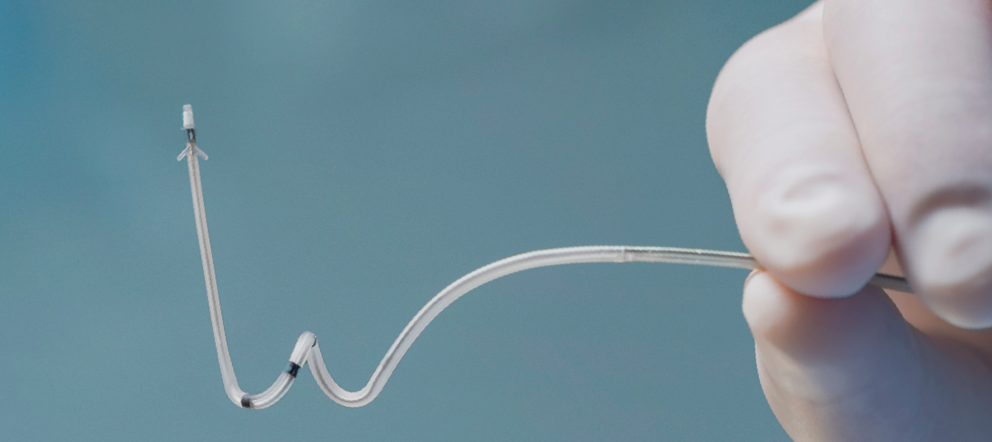HeartLogic Sensors

Heart Sounds*
Reveals signs of elevated filling pressure and weakened ventricular contraction via S3 and S1 heart sounds, respectively.

Thoracic Impedance
Measures impedance between electrodes on the RV lead and the pulse generator, which is indicative of fluid accumulation and pulmonary edema.

Respiration
Monitors respiratory patterns associated with shortness of breath. In particular, it monitors respiratory rate and rapid shallow breathing via RSBI (rapid shallow breathing index), which is a ratio of respiratory rate (RR) to tidal volume.

Heart Rate
Monitors night heart rate, captured between midnight to 6 a.m., which for most patients is indicative of the resting heart rate.

Activity
Shows the number of hours per day a patient is active and reflects the patient’s overall status and fatigue.
Additional Diagnostic Trends
Although the following diagnostic trends are not part of the HeartLogic algorithm, they can help clinicians understand the context of the HeartLogic alert.

Sleep Incline
Measures the angle between the patient’s torso and the horizontal plane during a sleep period specified by the patient.

AT/AF Burden
Displays the total amount of time spent in an atrial tachy response (ATR) mode switch, in hours per day.

V Therapy
Provides an abbreviated summary of antitachycardia pacing (ATP) and shock therapy type delivered each day: ATP (dot) or shock (electrical shock sign).

% LV Placed
Monitors the percentage of cardiac beats paced with a left ventricular (LV) lead per day.**

Weight
Displays daily patient weight data collected by an external weight scale via the LATITUDE™ NXT Remote Patient Management System.



















